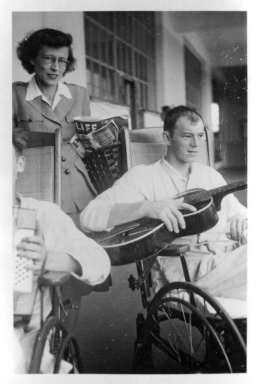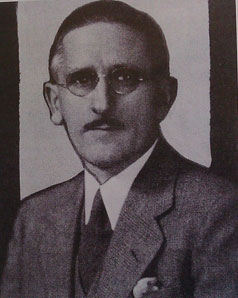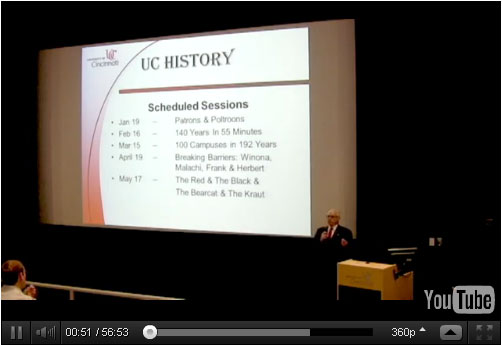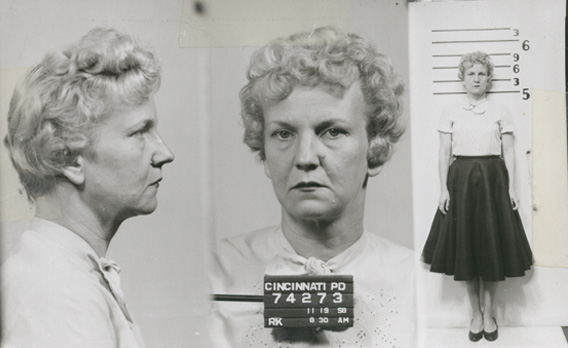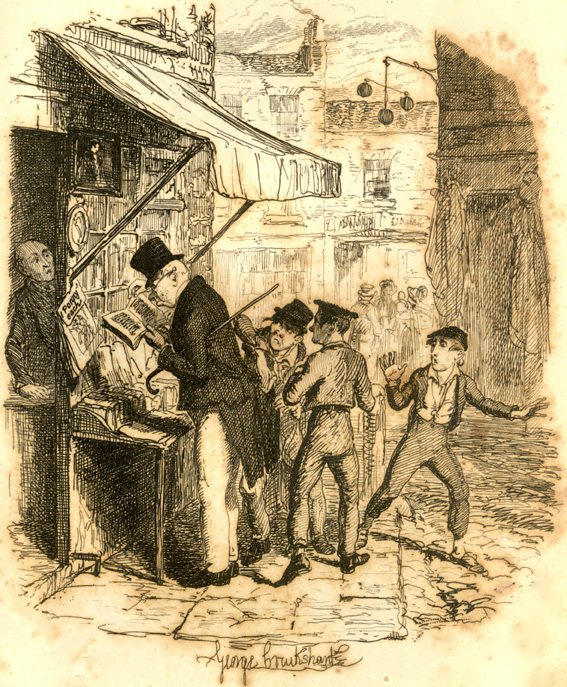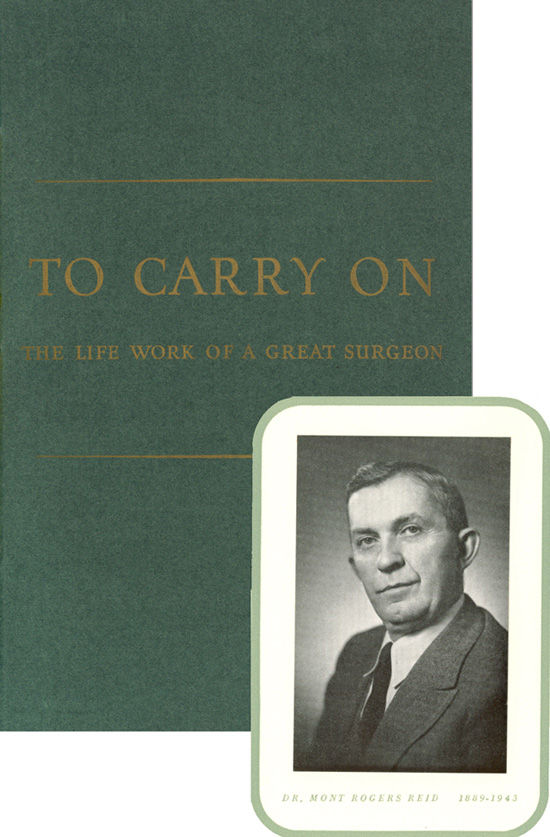
In 1943 the University created this brochure to solicit donations for the Mont R. Reid Memorial Fund to benefit the College of Medicine.
By Janice Schulz
A new collection in the Archives and Rare Books Library shows how the University was able to fund programs, research, and building projects as the country was in the midst of the Great Depression and later in World War II. Transferred to ARB from the Controller’s Office, the one-box collection contains records from the former Department of Business Administration of funds, grants, fellowships, scholarships, and gifts to the University from the 1930s and 1940s. The research of prominent persons, such as Mont Reid, Lucy Braun, George Sperti, and Otto Szász was funded during this time. Some of the biggest donors to UC were Procter and Gamble, Coca-Cola, Baldwin Piano, Julius Fleischmann, and the Streitman Biscuit Company.
In 1934, the Alumni Association started the Committee on University Bequests. Made up of alumni working as practicing attorneys, bankers, trust officers and insurance officials, the committee was designed to provide assistance to those wishing to include UC in their will as well as to encourage alumni to do so. The collection contains the records of the committee’s founding, including correspondence, meeting minutes, and reports. Continue reading

